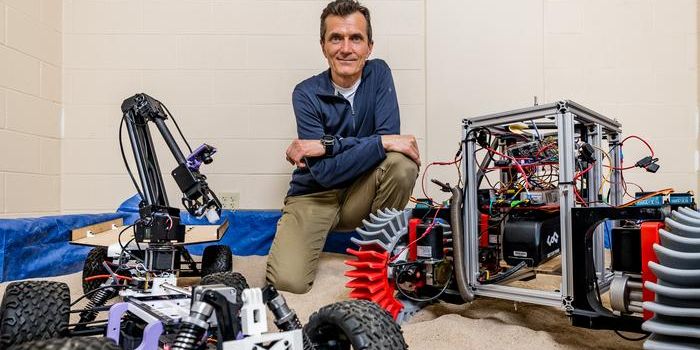What Will it Take to Photograph a Black Hole's Photon Ring?
Just over a year ago, astronomers tapped into the power of the Event Horizon Telescope (EHT), a network of eight radio telescopes scattered across the globe, to capture the very first true photograph of a black hole. The lucky black hole that got its now famous self-portrait captured by the EHT was none other than M87*.
The photograph didn’t appear as much else than a hazy photograph of a glowing ring with a dark black blob in the center of it, and that’s because we effectively photographed the black hole’s accretion disk. Black holes in and of themselves are, after all, invisible because they absorb all nearby light. That said, the dark mass at the center is actually the black hole’s shadow.
One thing the photograph didn’t reveal, however, is the theoretical photon ring. In this region around a black hole, photons can be influenced by the black hole’s gravity enough to make them orbit the black hole, but not quite enough to drag them in completely. Instead, those photons are able to escape the gravitational influence and escape away to an observer.
Einstein’s theory of general relativity insinuates that such a photon ring would have to exist, but with no proof to back that theory up, it isn’t something that we can yet accept as fact. But here’s the problem: if a radio telescope the size of our Earth couldn’t pick it up, just how big of a telescope would we need to make it happen?
As it would seem, it may be possible to increase the resolution of the existing EHT with just one more radio telescope component. But instead of having that component here on Earth, astronomers have proposed including a space-based component, either orbiting the Earth or situated on the Moon. Doing this would increase the EHT’s resolution and provide a less obscured image due to the lack of an atmosphere, and it would be potentially clear enough to at least confirm or deny whether such a photon ring exists.
It could be a while before the EHT adopts another observation element, but when it does, the scientific community will be ready.








